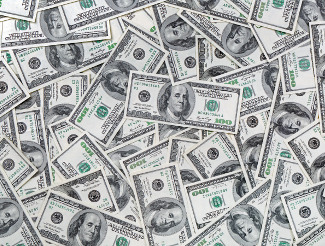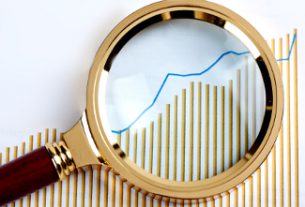The Federal Open Market Committee’s (FOMC) meeting last week was nothing less than earth-shattering in terms of its ramifications for financial markets. While many analysts had thought that one rate hike this year might be within the realm of possibility, the Fed all but shut the door on that happening. More importantly, the Fed indicated that it not only would stop drawing down its balance sheet but would even start increasing it in the near future. Does that mean that QE4 is just around the corner?
The Fed’s balance sheet remains incredibly bloated, sitting at just under $4 trillion. And while the Fed has been drawing down its balance sheet for over a year, it has only run off about $500 billion worth of assets. Starting in May 2019 it will cut the cap on its monthly redemptions of Treasury securities from $30 billion to $15 billion, and it will completely end its balance sheet drawdown at the end of September.
Beginning in October the principal payments the Fed receives from its holdings of federal agency debt and agency-backed mortgage-backed securities (MBS) will be reinvested into Treasury securities, up to $20 billion per month. Currently the Fed holds $1.6 trillion in MBS. That’s up to $240 billion of wasteful federal government spending subsidized each year by the Fed. What a gift to a profligate Congress.
The Fed has made it very clear from its recent actions that it has no intention to get back to normalized monetary policy. Its desire to shift its assets to get back to Treasuries and shift away from MBS is as much practical as it is theoretical. In the past the Fed only held Treasury securities. The financial crisis marked a shift, as the Fed initially sold Treasuries and bought MBS in order to shore up the financial system by strengthening bank balance sheets. By shifting its current holdings from MBS back into Treasuries the Fed is trying to give itself some additional breathing room once the next financial crisis occurs, allowing it to bail out JPMorgan, Citi, Goldman Sachs, etc. with trillions of dollars in assets should they need it.
The Fed obviously thinks that the next crisis will be a doozy and is taking all the steps it can to prepare itself for QE4. That should give investors warning that we’re well on our way to the next crisis and that they need to prepare as well.
Investors throughout the centuries have sought safety in gold, which serves as a safe haven against economic calamity and financial turmoil. Numerous investors have made the move already, rolling over their retirement assets into gold IRAs to ensure that their retirement savings remain safe and secure no matter what happens over the next few years. Will you heed the warning signs and get your assets to safety?
This article was originally posted on Goldco.





